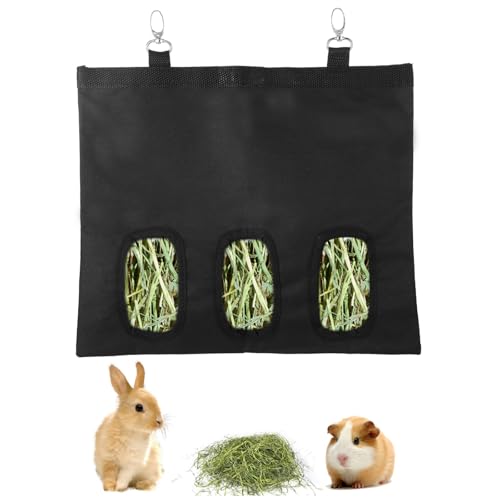Out of curiosity, what do you have against GMOs? There is a huge misconception about them; without GMO food, much of we enjoy today would not exist. Corn, soy, canola, alfalfa, and potatoes are my favourite examples. More palatable, bigger yield, pest/drought/disease/etc. resistant, etc. are all things that traits that were introduced with selective and variation breeding.
In fact, most "non-GMO" products are not actually "non-GMO" at all. Foods from even 20 years ago compared to now are genetically modified. Brussel sprouts used to be bitter and gross, but now they are delicious and buttery. That's not your taste buds changing; that's "GMO."
I would bet that even the "non-GMO" feed you found is actually GMO. So I suppose what I'm trying to say is if you are still hard anti-GMO, a forage diet would have less GMOs (but probably not none, realistically). But I digress.
I currently feed pellets, and I'm also wanting to switch to natural when I have the acreage to do so. However, I was tired of the waste, mess, and storage of hay and tried out cubes last summer. I loved them and they were super easy. Most of my fryers went crazy for them, but the breeders were relatively uninterested.
Again, I fed pellets as well, but everyone did great on the cubes and no loose hay. The only issue I had with it was, at least the brand I got, there is molasses in it to keep it compressed. I didn't have anyone get too fat on them, but I did feed less than I would have feed loose hay to avoid those extra sugars. If you're ever worried about fibre then you can feed corn stalks as well, which I find easier to store than loose hay.
You got it. Diet changes should be gradual to not upset their gut. Almost every rabbit I've had prefers fresh forage over pellets anyway, so I'd suspect you have an easy transition.
What I do is start off with a handful of rabbit-safe forage on top of the pellets. As it gets closer to summer, I slowly increase the forage until they get free fed the forage (and also measured pellets) for the entire summer. I don't have any good way to do winter forage, so they gradually go back to pellets, grains, and hay for winter.
I think if you were to do it gradually how you describe, ensuring they have access to the mineral lick in this time, the rabbits should be fine. But, again, I also feed pellets so would love other input here!


































